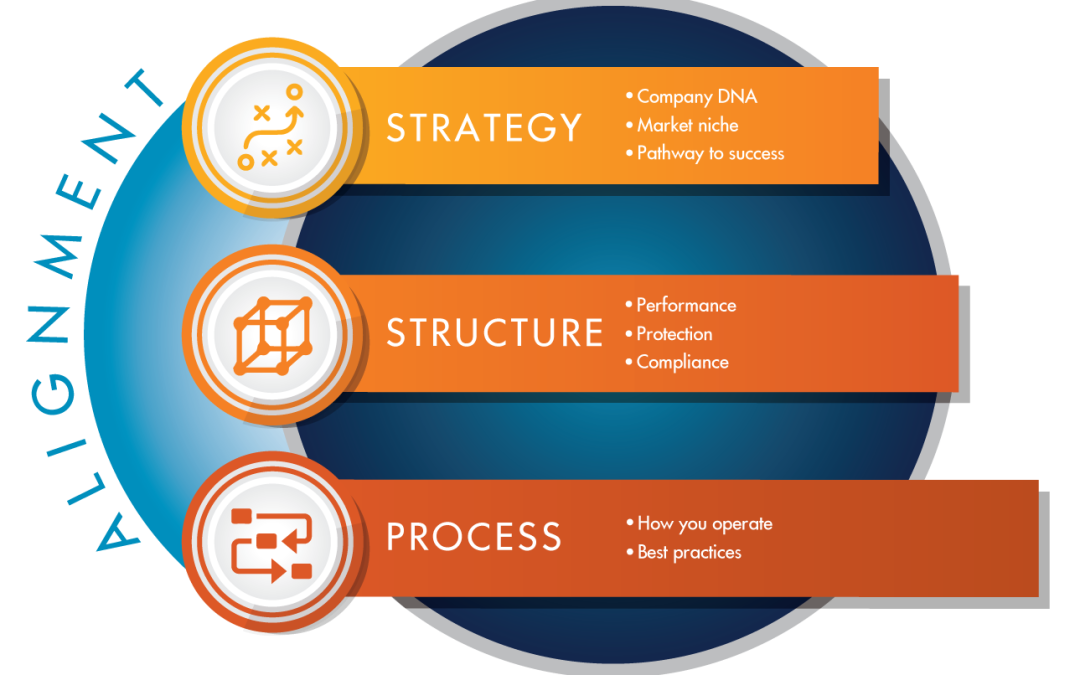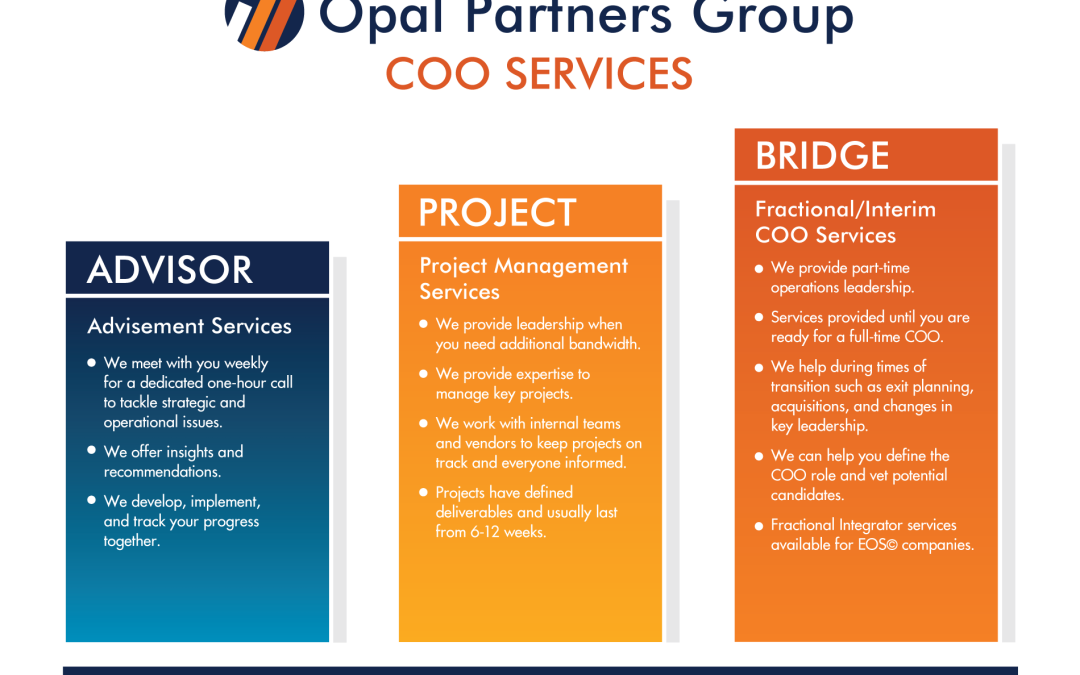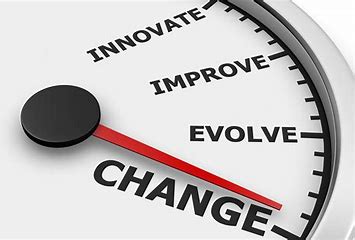
by Cary Matthews | Mar 21, 2024 | Fractional COO, Strategic Planning, Strategy, System & Soul
I’ll say it: many – or maybe most – strategic plans aren’t worth the paper they are printed on.A plan that no one sees, never gets updated, gathers dust on the shelf, and is too complex or long for anyone to ever read, isn’t doing you or...

by Kevin | Feb 6, 2024 | change, Leadership, Process, Strategy, Structure
Some part of your business isn’t working. The hard part is identifying where the problem lies. You may know that your products may need to be refreshed, or that you need to invest in new software to support critical functions. Sometimes the problem is more elusive. ...

by Kevin | Feb 6, 2024 | change, Fractional COO, Leadership
Sometimes you initiate change, and sometimes it is forced on you. Regardless of how you got there, you must deal with it. Facing change isn’t always easy or wanted. Key employees leave. New technology disrupts the market. Your exit strategy or timeline...

by Kevin | Feb 6, 2024 | change, Fractional COO, Leadership, Strategic Planning, Success
The Brady Bunch sang “when it’s time to change, then it’s time to change, from who you are into what you’re gonna be.” How is your business going to change AFTER the COVID-19 crisis and things begin to look a little more normal?...

by Kevin | Feb 6, 2024 | Fractional COO, Leadership, Survival
I’ll admit I’m a fan of survival reality shows like Survivorman and Naked and Afraid. These shows are entertaining to watch and you can learn lessons from reality shows too. I find The History Channel’s Alone to be one of the more engaging ones. The contestants...







